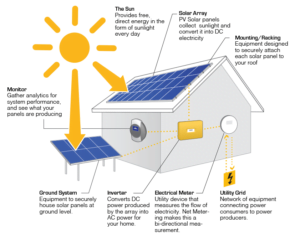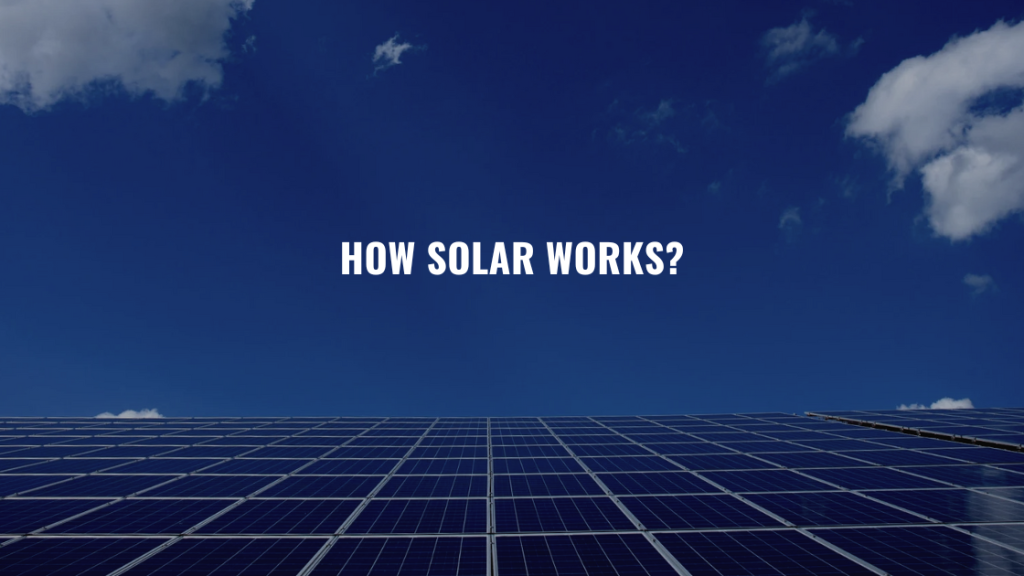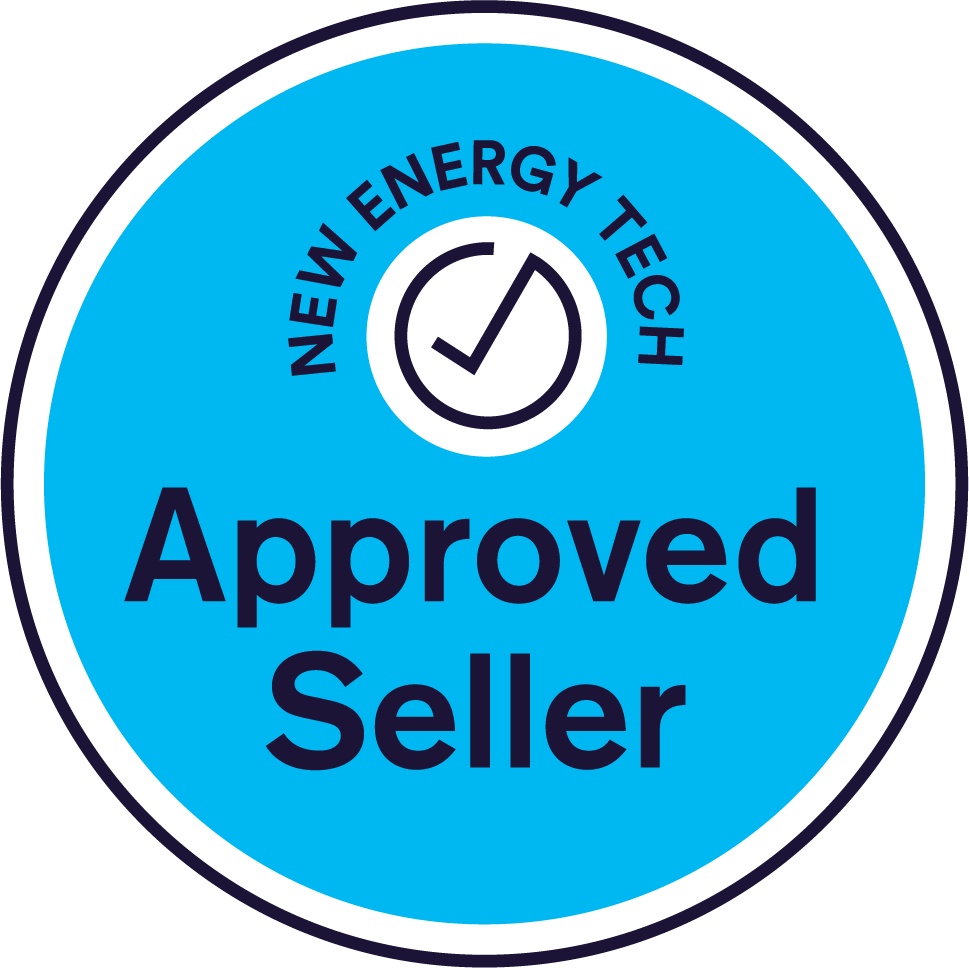Solar energy has become a popular renewable energy source, especially in sun-rich countries like Australia. But how does a solar power system actually convert sunlight into electricity? In this blog, we’ll break down the process, explain the key components, and help you understand how solar energy powers your home or business.

Table of Contents
Toggle1. Solar Panels: Capturing Sunlight
The first step in the solar process begins with solar panels, which are made up of photovoltaic (PV) cells. These cells are typically constructed from silicon, a semiconductor that enables the conversion of sunlight into direct current (DC) electricity. Here’s how it works:
- Photovoltaic Effect: When sunlight hits the PV cells, it excites the electrons within the silicon atoms, creating an electric field across the layers of the cell.
- Direct Current Generation: This electric field causes a flow of electricity in the form of direct current (DC). The amount of DC generated depends on the amount of sunlight available, meaning more sunlight leads to higher electricity production.
2. Inverter: Converting DC to AC Power
Most homes and appliances operate on alternating current (AC) rather than direct current. This is where the inverter plays a crucial role. The inverter’s job is to convert the DC electricity generated by the solar panels into AC electricity that’s suitable for home use. Inverters come in two main types:
- String Inverters: These are connected to multiple solar panels in a series, converting the total DC output to AC.
- Microinverters: Installed on each panel, these convert DC to AC individually, allowing the system to perform better if one panel is shaded or malfunctioning.
3. Electrical Panel: Distributing Power Throughout Your Home
Once converted to AC, the electricity flows to your electrical panel (also known as the breaker box). From there, it’s distributed to the various circuits in your home, allowing you to power appliances, lighting, and other devices with solar energy.
4. Excess Energy and Battery Storage
If your solar system generates more electricity than you use, the excess energy can either be sent back to the grid or stored in a battery system:
- Grid Export (Net Metering): If you’re connected to the grid, your system may be eligible for net metering, where excess power is sent back to the grid. You can earn credits that offset the cost of any electricity you use from the grid when your panels aren’t generating power, such as at night.
- Battery Storage: A battery storage system allows you to store unused energy for later use. This is particularly useful for energy independence, as it provides a backup power source during nighttime or in cases of grid outages.
5. Monitoring System Performance
Most modern solar systems come with monitoring software that allows homeowners to track energy production and usage. Monitoring provides valuable insights, helping you understand your energy savings, check system health, and ensure everything is operating as expected.
- Energy Production Monitoring: Real-time data on how much energy your solar system is generating.
- System Diagnostics: Alerts for maintenance needs or underperforming panels, ensuring optimal efficiency over the system’s lifespan.
6. Maintenance and Care of Solar Systems
Solar panels are durable and generally require minimal maintenance. However, keeping them free of dirt and debris ensures they receive maximum sunlight. Here are a few maintenance tips:
- Cleaning: Regular cleaning may be necessary in dusty or dry areas to prevent dust buildup.
- Professional Inspections: Annual or biannual inspections help identify any issues early and maintain system efficiency.




